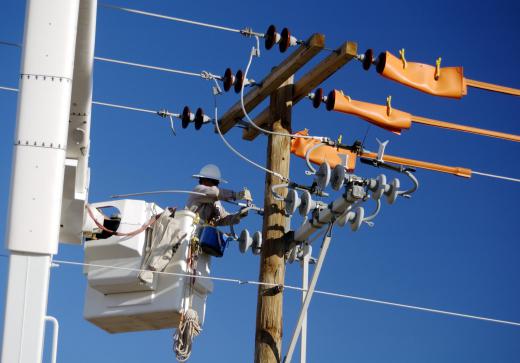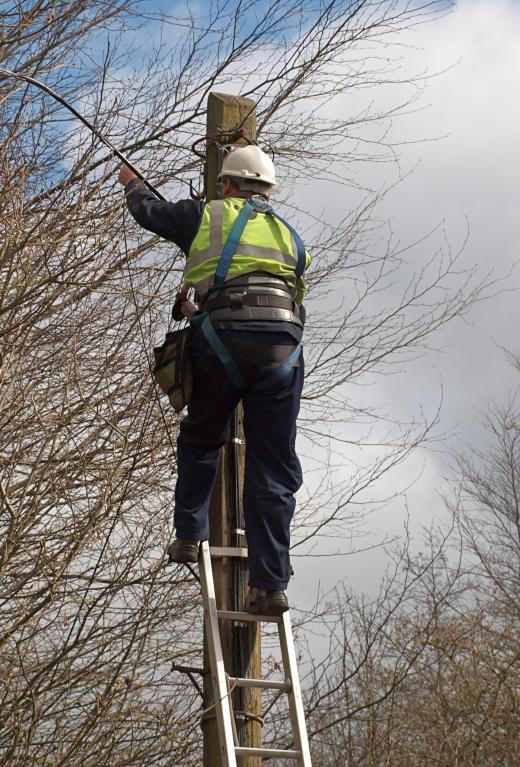Also known as a power outage or power failure, a blackout is a loss of electricity within a given area. A blackout can be caused by a short circuit, overloaded electricity mains, or damage caused to power lines by inclement weather, falling trees, and other environmental factors. The term blackout is typically reserved for severe power outages which blanket a large residential area, or “grid,” and last anywhere from an hour to a few weeks.
Power failures that last only momentarily before electricity is restored are referred to as dropouts, and typically caused by a power line fault. Power failures that cause lights to dim rather than go out are the result of a decrease in voltage, and referred to as brownouts. Brownouts can cause devices such as air conditioners and CRT televisions to struggle in an attempt to draw more current, potentially resulting in damage from overheating.

Backup systems for critical electrical devices that ensure public safety are implemented during blackouts. Equipment for hospitals and air traffic control systems use generators to automatically continue the power supply when electricity is lost. Although generators only produce power for a limited amount of time, they allow for critical workers to finish what they were working on at the time of the outage without interruption. There are also backup systems available to individuals for electrically-powered devices in their homes, which can be damaged by the sudden surges of electricity that can occur during blackouts. Computer systems, which are particularly vulnerable to hardware damage and data loss, can be protected by an uninterruptible power supply (UPS), such as a backup battery.

The restoration of power following an electrical blackout that has spanned an entire power grid can be challenging. Much like a car with a dead battery that requires a “boost” from another car, power stations require help from another station within the same power grid to re-start the system. If all other stations within the grid are without power, a blackstart must be initiated, which involves an intricate process of coordination between transmission utilities and power stations.

In 2007, President George W. Bush signed a policy with the Energy Independence and Security Act for the United States to upgrade its power grids to a smart grid, which can minimize the risk of blackouts as well as reduce CO2 emissions and energy consumption. On a national scale, power outages cost Americans in excess of $100 billion US Dollars (USD), according to the Electric Power Research Institute (EPRI).
